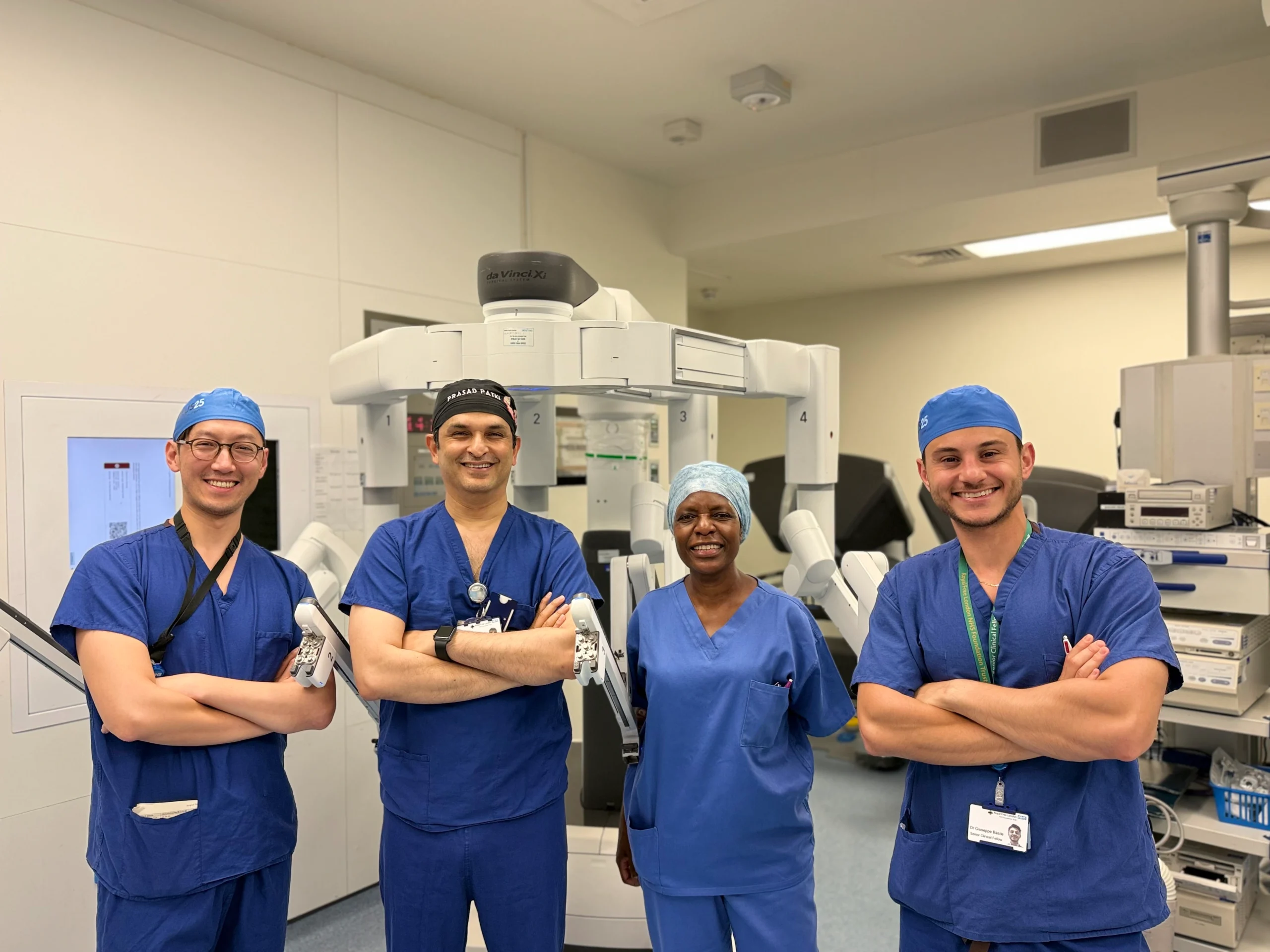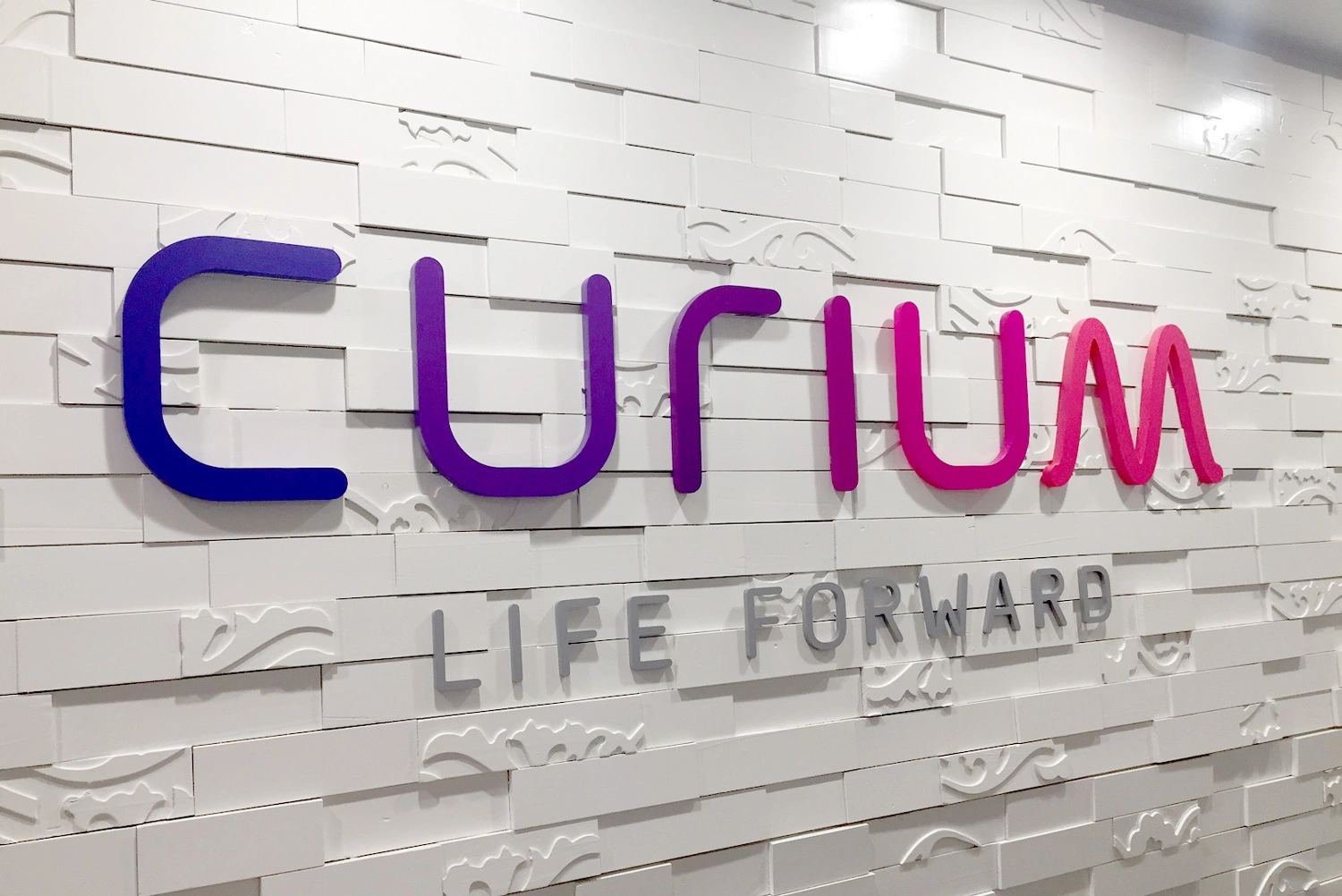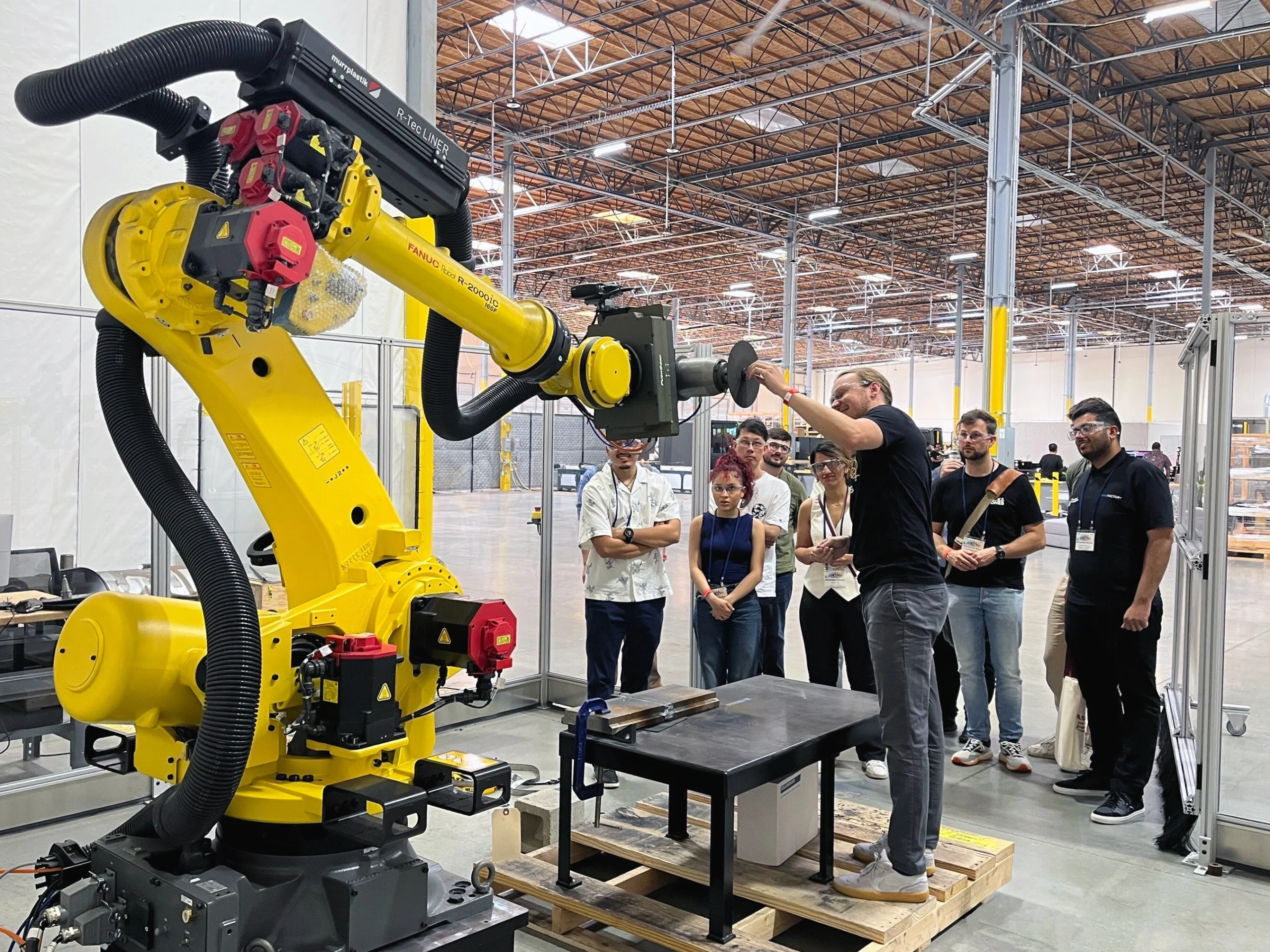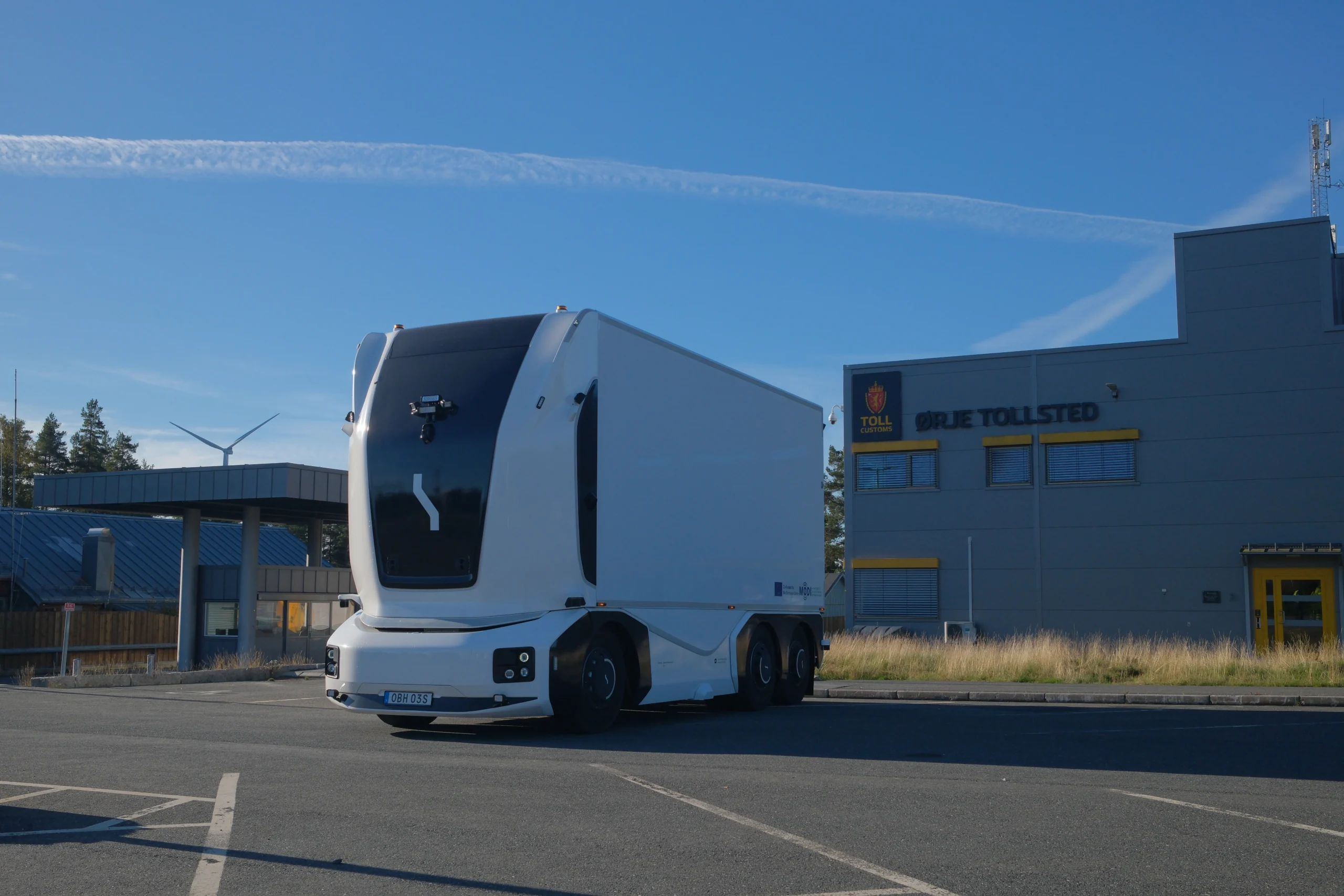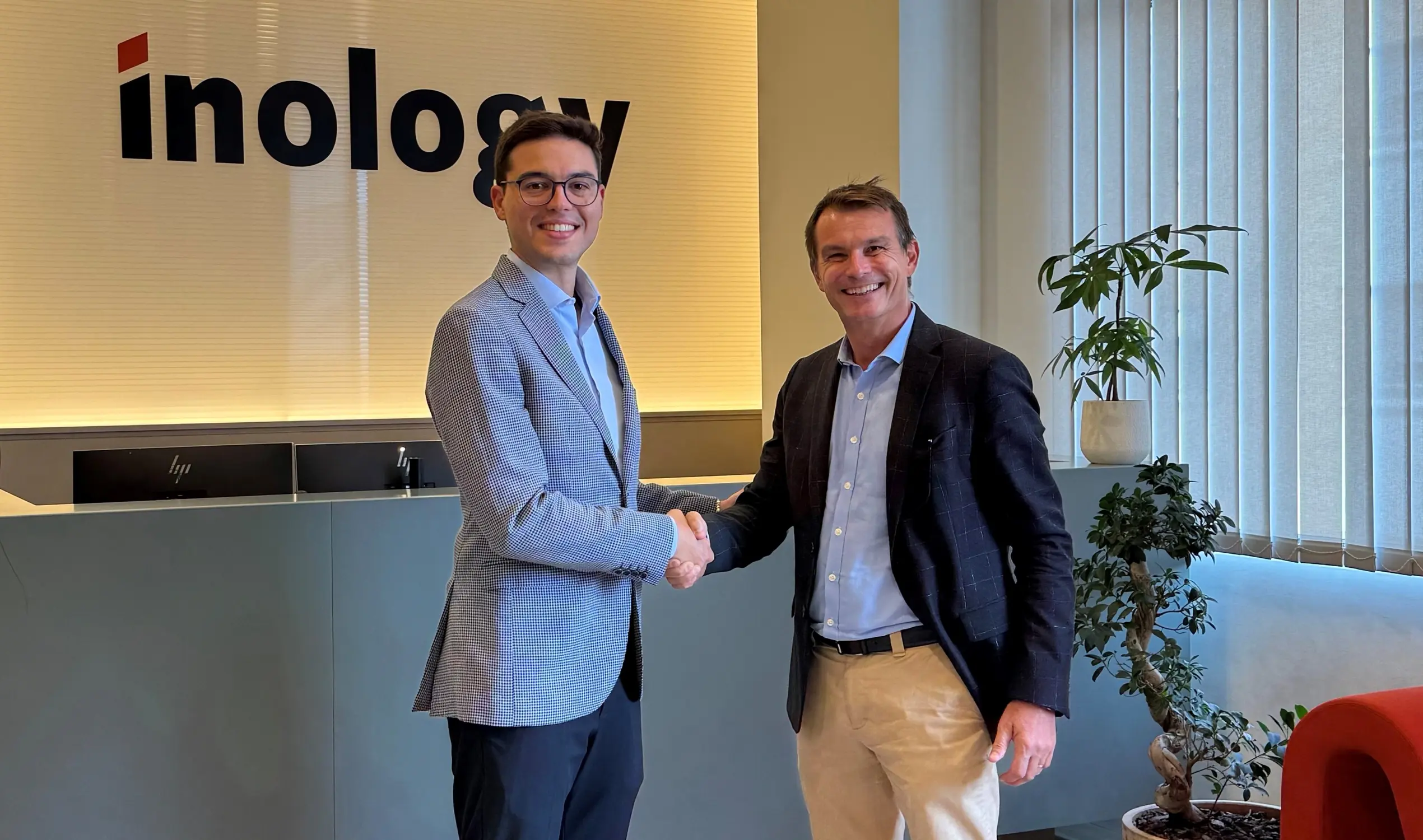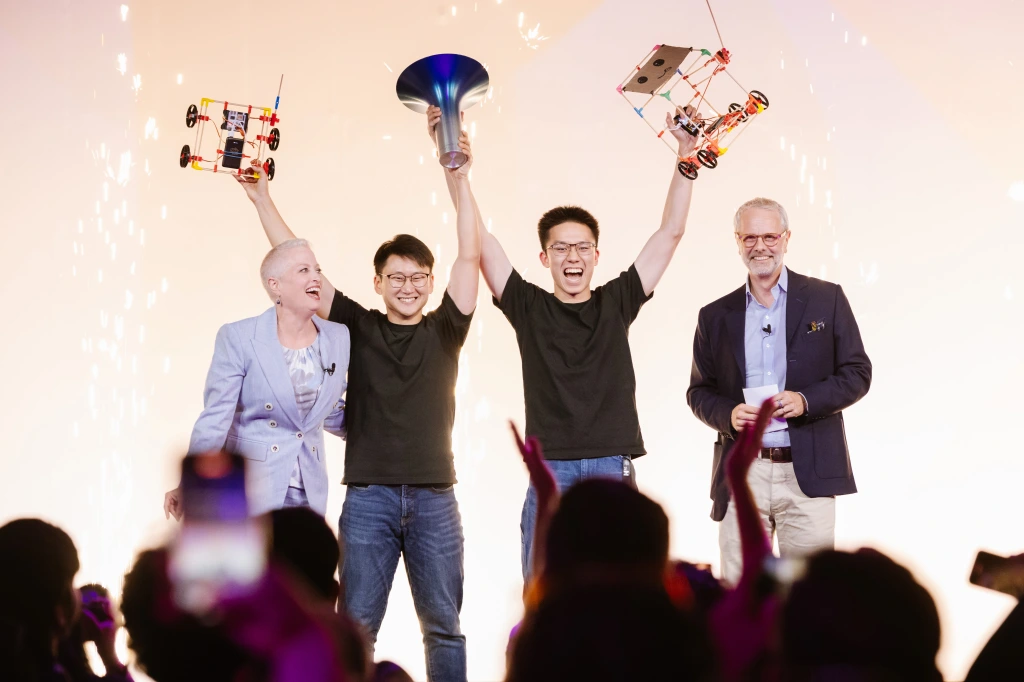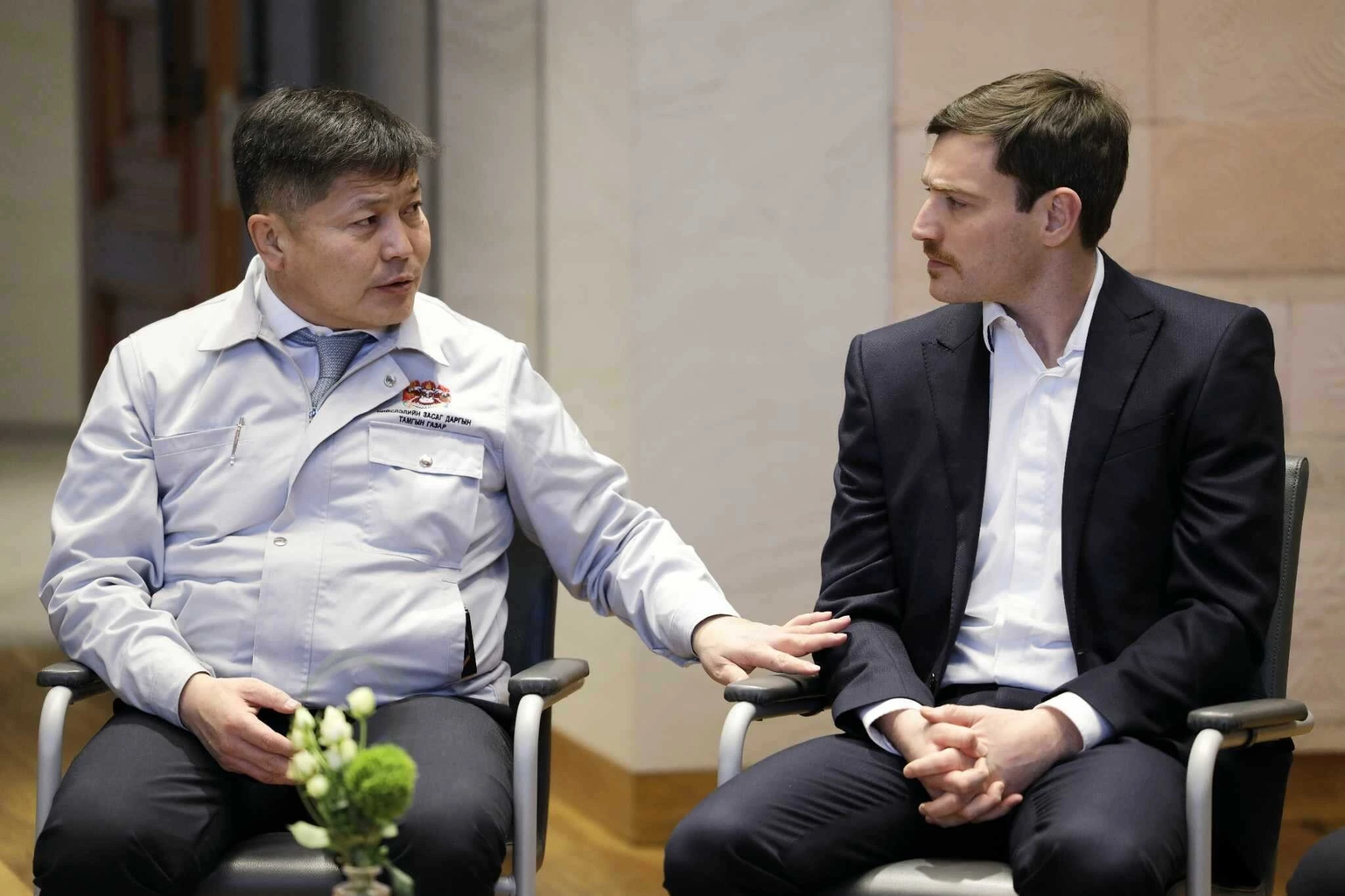Supercharging R&D for electric vehicles

John E. Kaye
- Published
- Home, Technology

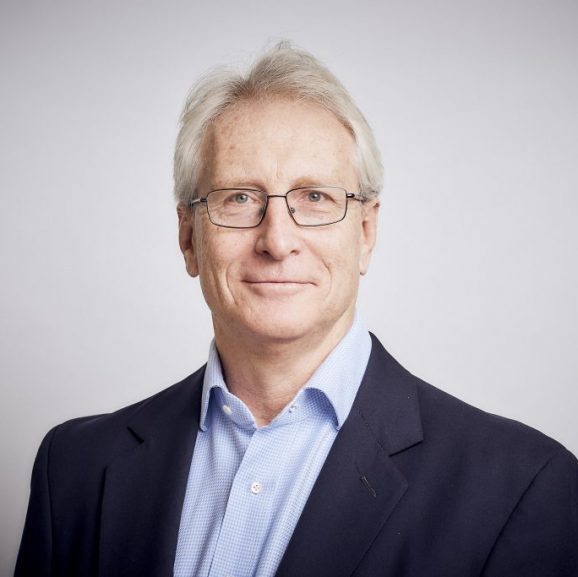
Forget the latest tech trends when it comes to the puzzle of EV battery production – this is a job for quantum computing, says Neil Cameron of Parkwalk Advisors
Whether posting about taking the company private, or a video of him smoking a joint while appearing on a podcast, a number of interventions from Elon Musk have led to fluctuations in Tesla’s share price in recent years. Another recent dip shone an important light on the global march to vehicle electrification. Musk himself had hyped Tesla’s “Battery Day” as the moment he would proudly announce the “million mile” electric vehicle (EV) battery. Instead, he unveiled something far more modest: plans for Tesla to manufacture its own batteries, including processing the raw materials used within the batteries in-house.
Hoping for a “million mile” battery at this point was always wishful thinking. The reality is that the technology does not yet exist, and won’t for some time without a seismic disruption to the chemical experimental process behind improving battery performance. This problem could, however, be solved through quantum computing – accelerating the discovery of new chemical formulations and leading to transformational change. As the European car market reels from the perfect storm, pivoting to EVs and dealing with the impact of Covid, it’s time to look to the future and invest now in quantum computing to help the EV revolution become a reality.
We’ve already seen governments across Europe scramble to bring forward their bans on the sale of new petrol and diesel-powered cars to help bolster their environmental, climate, and industrial reorientation strategies. The UK ban was brought forward from 2040 to 2035 in February, and is now being brought forward again, to 2030, as part of the government’s ten-point plan for “a green industrial revolution”. This puts the UK ahead of France, which has a 2040 ban in the pipeline, and in line with Germany, but behind Norway, which is aiming for a ban as soon as 2025.
The march of the EV is strong in Europe. In 2019, EV and PHEV (plug-in hybrid) sales in Europe saw a 64% increase, to nearly 565,000 sales of plug-in vehicles – amounting to 3.6% of the total European car market, up from 2.2% in 2018. Of this, full-electric cars accounted for 361,000 sales – up 90% on the previous year – which gives them a 2.3% share of the car market. It’s that figure that is disappointing, and from a consumer perspective, it’s the old issues of range anxiety and charging efficiency that continue to hold back more widespread adoption.
Quite apart from capacity and charging, however, there are also questions as to just how “green” current lithium-ion batteries are. The mining and refinement of a battery’s raw materials is estimated to contribute 30% of a battery’s greenhouse gas emissions. By solving the chemistry of the battery, we can not only improve performance, but also address lingering sustainability concerns.
While Musk announced in September that Tesla has made great progress in reducing the cost-efficiency ($/Kwh) of its EVs, those advances have not fundamentally changed the battery chemistry. Rather, they have ™峼 incrementally improved a number of components and focused on manufacturing efficiency. Within the battery itself, Tesla is making changes to both the anode (increasing the silicon content) and the cathode (switching from cobalt to nickel), but neither of these changes will ever improve performance to the point where million-mile range becomes a realistic prospect.
Currently, the most common approach to improving battery chemistry involves good old trial and error. Scientists use prior knowledge and experience to test new chemical combinations and then assess the results. This is incredibly inefficient, and even AI and simulation technologies – increasingly used to accelerate the process of identifying and cycling through potentially winning combinations – are limited in their impact by the capabilities of computers.
Accelerated problem solving
Enter quantum computing. Toby Cubitt, Director and co-founder at Phasecraft, a startup based in Bristol and London pioneering quantum technologies, explains: “The chemistry of batteries is complex and computationally heavy, and that we’re hitting the limits of what a classical computer can do in terms of simulating battery cathode materials. Quantum computers enable direct modelling of quantum-mechanical systems, and could solve key problems in battery materials modelling that are simply beyond the reach of standard computers, unlocking higher-performance and lower-cost batteries.”
For now, companies such as Phasecraft are working towards solving this problem by developing advanced quantum computing algorithms that solve materials modelling problems more efficiently than previously imagined. Today’s quantum computing hardware is still small-scale and prone to errors. Phasecraft has reduced the complexity of quantum algorithms for a fundamental model system in materials science, called the Fermi-Hubbard model, by orders of magnitude. This reduces the requirements on the quantum hardware and gives a pathway to solving real-world materials modelling problems on near-term quantum computers. Although there is still some way to go before outperforming the best classical methods, quantum computing could make currently inaccessible battery modelling problems feasible.
A wealth of tech companies who are solving the problems of battery technology in the traditional way, could benefit from the forward leaps quantum computing can offer, by supercharging their R&D capabilities. Echion, for example, is addressing the fact that today’s batteries cannot offer a safe fast-charge while maintaining a high energy density. Graphite and silicon anodes enable high-energy-density cells, but it is unsafe to fast-charge them. Echion’s niobium-based anode products enable a unique combination of fast-charge, safety, and high energy density. Another battery pioneer set to benefit from quantum computing is Ilika, which has developed unique solid-state battery technology with the potential to transform the performance and safety of EVs. These deep tech companies are the ones developing the technology that will in turn help transform the automotive world and drive the EV revolution.
Backing quantum
Some automotive companies are acknowledging the importance of investing in quantum computing now in order to answer the questions of tomorrow. VW and Google announced a comprehensive quantum computing research collaboration back in 2017, committing to explore structures for new materials, especially high-performance batteries for EVs. Similarly, Daimler AG, parent company of Mercedes-Benz, is using IBM’s quantum computer to develop better electric vehicles. IBM argues that a quantum computer could bring us closer to the next-generation lithium sulfur (Li-S) batteries that would be more powerful and cheaper than today’s widely used lithium-ion batteries.
Despite the apparent interest in cracking the battery conundrum, more needs to be done to support the companies and institutions that are backing quantum computing. Phasecraft’s Cubitt also argues that a fundamental problem is time: “plus or minus a few years for a physics researcher is nothing. In business, however, this time horizon can be enough to turn interest away, it’s just too long to wait for something that needs solving now.”
Other industries are further away from benefiting from the practical applications of quantum computing, but are already building teams to develop uses for advanced technologies. JP Morgan hired a veteran IBM researcher to lead a new group working on emerging technologies – including quantum computing – earlier this year. Goldman Sachs teamed up with startup QC Ware to investigate the use of quantum algorithms in finance. There is recognition across all industries that the investments made in quantum computing now could pay dividends in the future.
Yes, there are automotive companies exploring and investing in quantum computing, but as we stand potentially on the cusp of major breakthroughs in battery technology, more funding is needed. We need to see the right balance of government R&D support, but also investment from more patient investors backing IP-rich companies. As the home to four of the world’s top ten universities, punching above its weight by producing 15.2% of the world’s most highly-cited research papers, and with a G8-leading citation impact (in spite of having just 0.87% of the world’s population), Within Europe, the UK is certainly well positioned to solve the quantum computing challenges of the future.
As we prepare for a continued shift in government policy towards science and technology in shaping the future economy, it will be critical to ensure the pipeline of private and public funding – for both early-stage and growth companies – continues to flow. The true power of quantum computing is yet to be witnessed, but we’re on the cusp of the next leap and realising Musk’s goal of the million-mile battery.
Further information
Sign up to The European Newsletter
RECENT ARTICLES
-
 AI innovation linked to a shrinking share of income for European workers
AI innovation linked to a shrinking share of income for European workers -
 Europe emphasises AI governance as North America moves faster towards autonomy, Digitate research shows
Europe emphasises AI governance as North America moves faster towards autonomy, Digitate research shows -
 Surgeons just changed medicine forever using hotel internet connection
Surgeons just changed medicine forever using hotel internet connection -
 Curium’s expansion into transformative therapy offers fresh hope against cancer
Curium’s expansion into transformative therapy offers fresh hope against cancer -
 What to consider before going all in on AI-driven email security
What to consider before going all in on AI-driven email security -
 GrayMatter Robotics opens 100,000-sq-ft AI robotics innovation centre in California
GrayMatter Robotics opens 100,000-sq-ft AI robotics innovation centre in California -
 The silent deal-killer: why cyber due diligence is non-negotiable in M&As
The silent deal-killer: why cyber due diligence is non-negotiable in M&As -
 South African students develop tech concept to tackle hunger using AI and blockchain
South African students develop tech concept to tackle hunger using AI and blockchain -
 Automation breakthrough reduces ambulance delays and saves NHS £800,000 a year
Automation breakthrough reduces ambulance delays and saves NHS £800,000 a year -
 ISF warns of a ‘corporate model’ of cybercrime as criminals outpace business defences
ISF warns of a ‘corporate model’ of cybercrime as criminals outpace business defences -
 New AI breakthrough promises to end ‘drift’ that costs the world trillions
New AI breakthrough promises to end ‘drift’ that costs the world trillions -
 Watch: driverless electric lorry makes history with world’s first border crossing
Watch: driverless electric lorry makes history with world’s first border crossing -
 UK and U.S unveil landmark tech pact with £250bn investment surge
UK and U.S unveil landmark tech pact with £250bn investment surge -
 International Cyber Expo to return to London with global focus on digital security
International Cyber Expo to return to London with global focus on digital security -
 Cybersecurity talent crunch drives double-digit pay rises as UK firms count cost of breaches
Cybersecurity talent crunch drives double-digit pay rises as UK firms count cost of breaches -
 Investors with €39bn AUM gather in Bologna to back Italy’s next tech leaders
Investors with €39bn AUM gather in Bologna to back Italy’s next tech leaders -
 Axians and Nokia expand partnership to strengthen communications infrastructure across EMEA
Axians and Nokia expand partnership to strengthen communications infrastructure across EMEA -
 Forterro buys Spain’s Inology to expand southern Europe footprint
Forterro buys Spain’s Inology to expand southern Europe footprint -
 Singapore student start-up wins $1m Hult Prize for education platform
Singapore student start-up wins $1m Hult Prize for education platform -
 UK businesses increase AI investment despite economic uncertainty, Barclays index finds
UK businesses increase AI investment despite economic uncertainty, Barclays index finds -
 Speed-driven email security: effective tactics for phishing mitigation
Speed-driven email security: effective tactics for phishing mitigation -
 Short circuit: humanoids go for gold at first 'Olympics for robots'
Short circuit: humanoids go for gold at first 'Olympics for robots' -
 New IBM–NASA AI aims to forecast solar flares before they knock out satellites or endanger astronauts
New IBM–NASA AI aims to forecast solar flares before they knock out satellites or endanger astronauts -
 AI is powering the most convincing scams you've ever seen
AI is powering the most convincing scams you've ever seen -
 British firm Skyral to help Mongolia tackle pollution with AI traffic modelling
British firm Skyral to help Mongolia tackle pollution with AI traffic modelling



